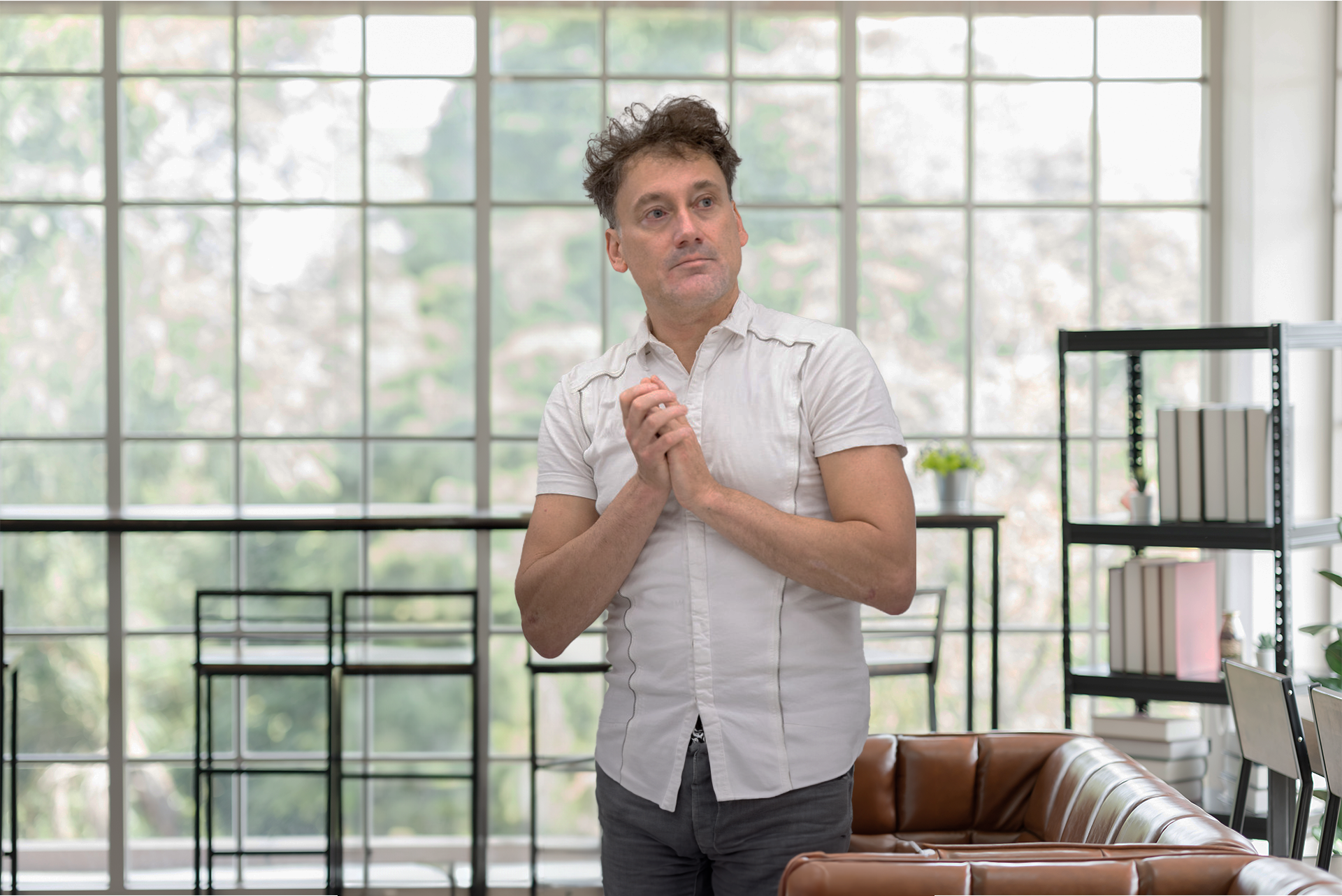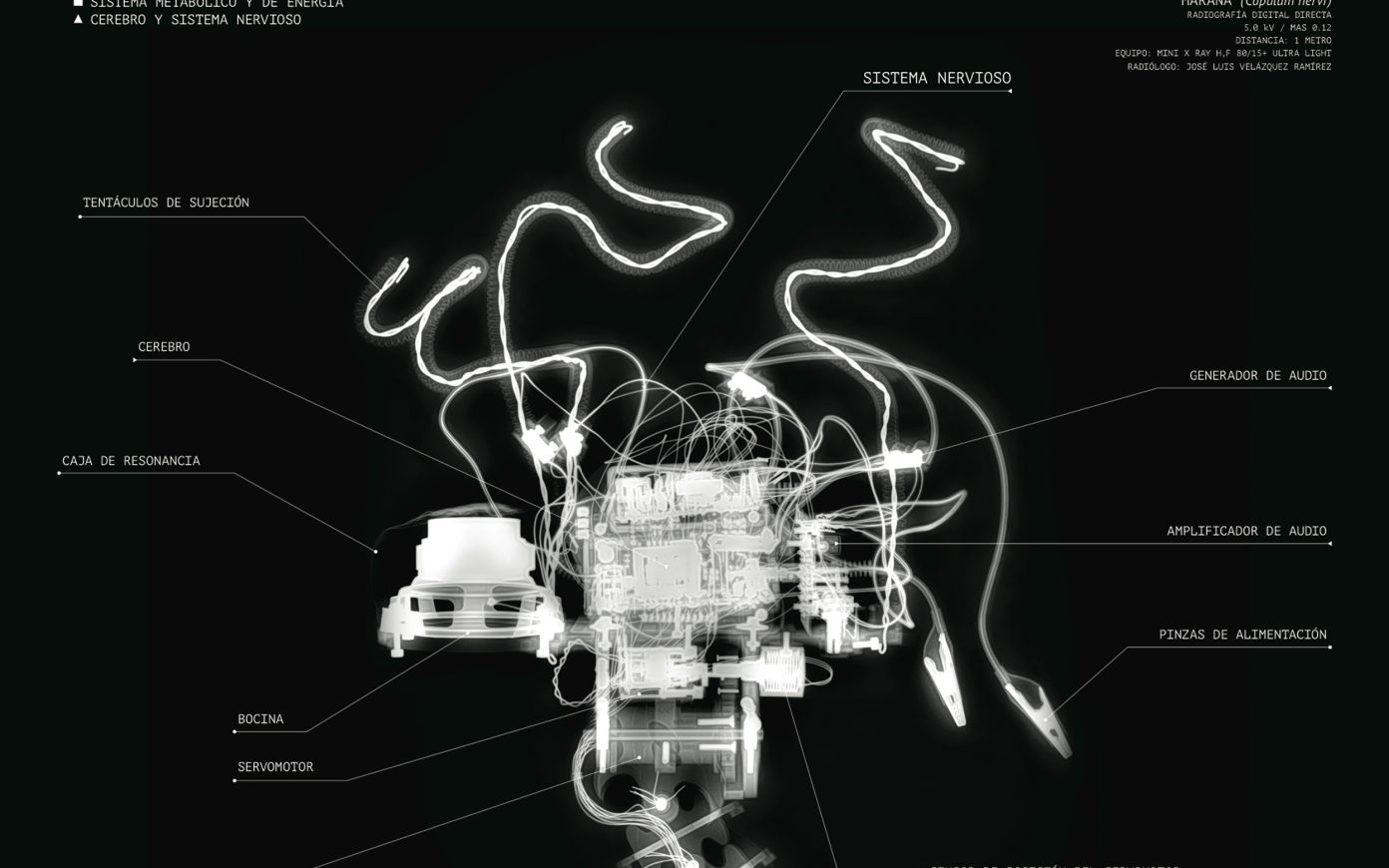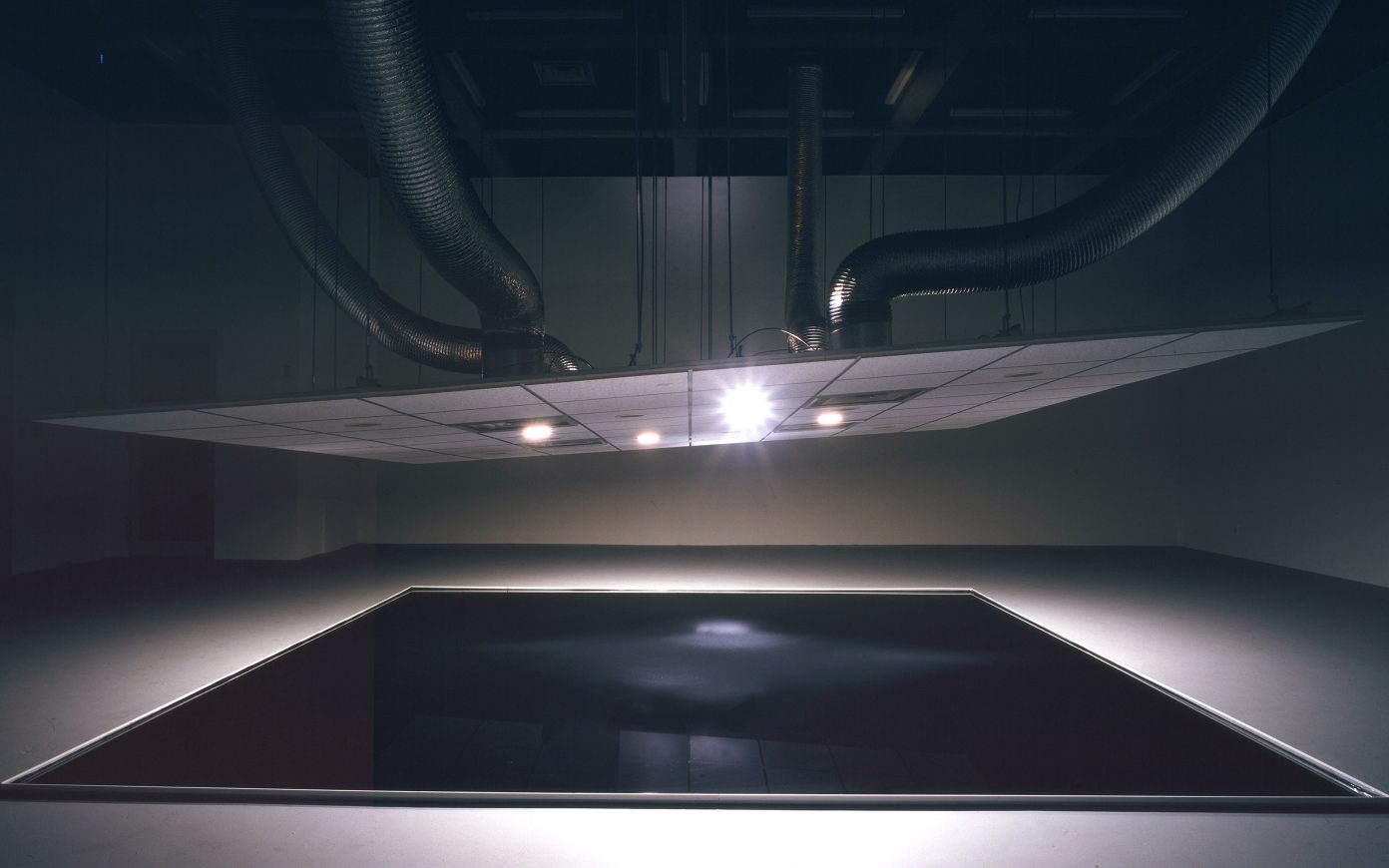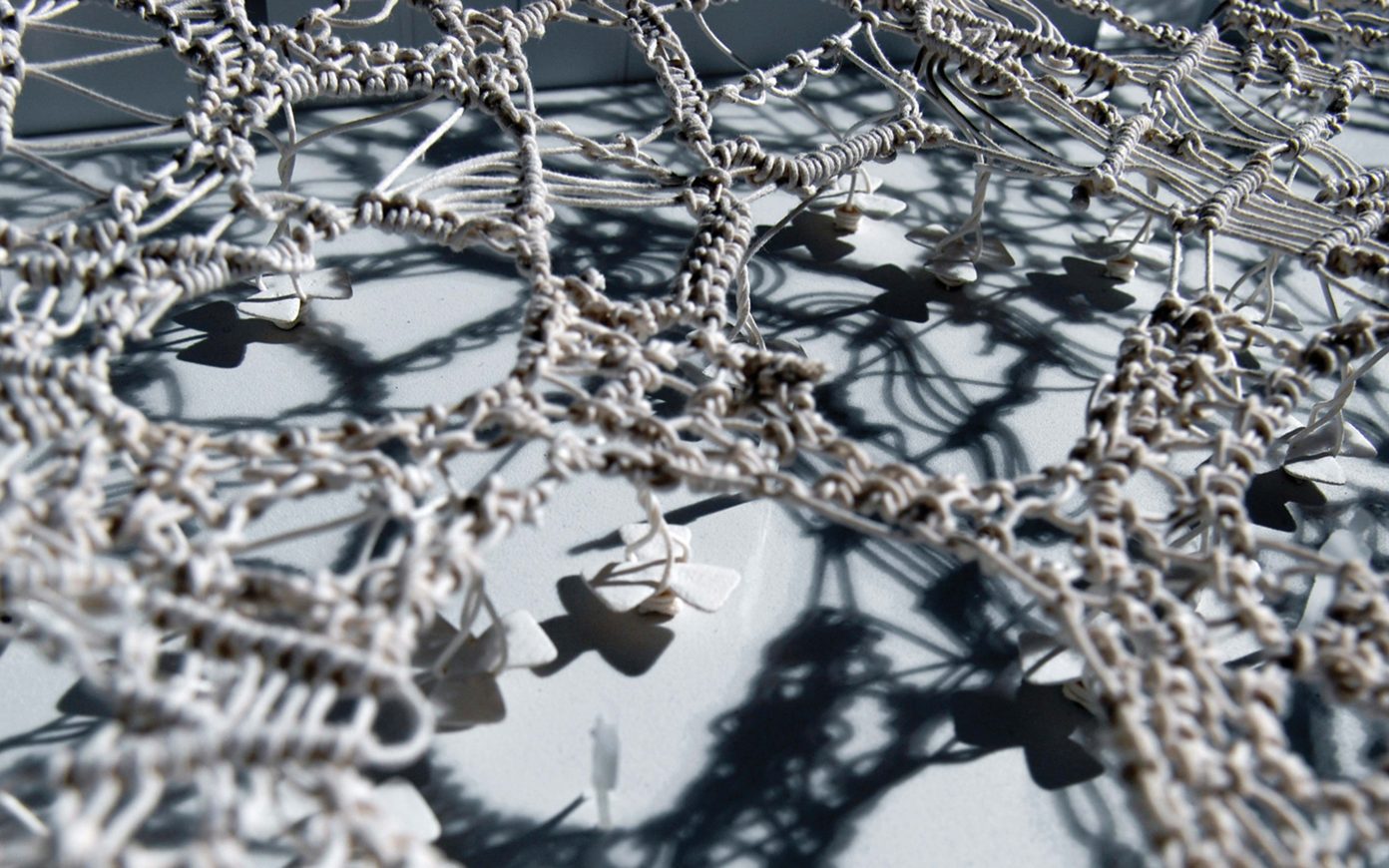Art and Agency in Times of Wetware
Faced with an obsessive questioning about the nature of life, art has tried to understand and recreate the living, developing the myth of “revival” and a fascination with the staging of the living. Having always sought to imagine, represent and imitate, then simulate the living, it now manages to manipulate it directly via wetware. If information technology provided art with a new direction in the seventies, favoring dynamic processes rather than objects, the convergence of synthetic biology and technologies of the living that now allow us to explore this wetware, “wet machines”, blurs the borders between organisms and machines. The creation of “artificial life” goes beyond computer simulations and robotics, giving birth to hybrid and semi-living systems that challenge the boundaries between the living and the non-living, between synthetic and organic life. For the Artificial life art, organic simulation and re-materialization are no longer distinct but rather operations that are compatible with wetware, shifting concepts of art, agency and animation.




